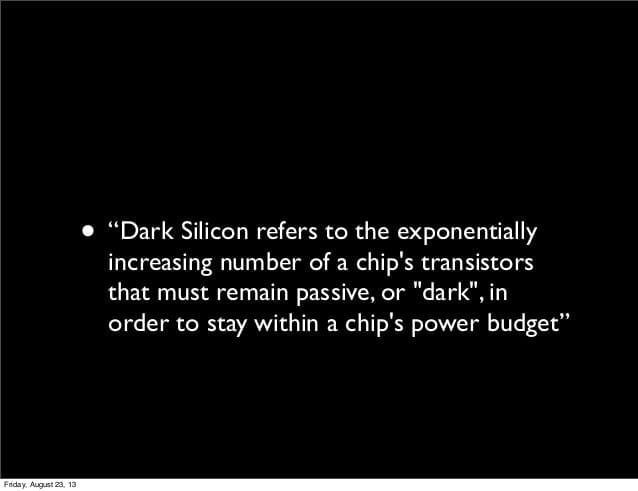
Should everyone get a minimum inheritance at birth? How about a government-guaranteed income or job? In the face of a growing income gap, we may need to get revolutionary.
If you’re going to talk about solutions to inequality in America and globally and don’t want to piss anyone off, one of the best things to talk about is skills and education. Workforce training and college affordability are popular topics partly because they work (sometimes) and partly because they go nowhere near the red/blue sore-points of the body politic. No wonder getting more skills and education to people—opening up opportunity—is the preferred thing for polite politicians, policy wonks, business people, and the great bipartisan middle of America to discuss.
But it’s arguable if “skills and education” is really a sufficient response to the inequality problem, which has been growing. We’ve seen spiraling incomes at the top-end (the 1%) and, more importantly, long-term stagnation in many workers’ wages. Given the divergence, we need policies that go beyond ones tried before—and that continue to not solve the problem.
To economists, the focus on skills and education unnecessarily leaves a lot of other good ideas in the shade. There are many other things we could try, and, as the economist Tony Atkinson says in his new book,Inequality: What Can Be Done?, it might be taken for granted that we would invest in people’s skills and education anyway. “The standard response to the question ‘How can we fight rising inequality?’ is to advocate increased investment in education and skills,” he writes. “I would like to highlight more radical proposals—proposals that require us to rethink fundamental aspects of our modern society and to cast off political ideas that have dominated recent decades.”
Atkinson, a senior professor at the London School of Economics, has spent a lifetime investigating inequality. He first proposed the “Atkinson Index”—a way of measuring contributions to inequality within a society—back in 1970. His new book sets out 15 concrete proposals—five of which we discuss further below—for reducing inequality. They all fall in the camp of redistributing wealth in some way, Atkinson says, but not necessarily in the ways you might think. “I start from the pragmatic concern that current levels of inequality are too high, and that this outcome in part reflects the fact that the balance of power is weighted against consumers and workers,” Atkinson writes.
PAY CODES
One idea Atkinson explores is pay codes, where executives are bound by mandatory or voluntary ratios of pay relative to workers. For example, the Swiss have voted to impose pay controls on managers, including the right for shareholders to veto pay proposals and bans on “golden parachutes” for departing executives. In the U.K., companies have come together under a decent-pay accreditation plan run by the Living Wage Foundation (both the Chelsea Football Club and Barclays are members).
These codes help start a conversation about the distribution of income and the wider question of who gains when the economy improves. In the last 20 years, we’ve seen steadily rising productivity but wages haven’t caught up. The question is who shares in a company’s prosperity when it’s making money. In America, it hasn’t been workers, of late.
Read more: The New Redistribution: 5 Radical Ideas For Reversing Income Inequality
The Latest on: Reversing Income Inequality
[google_news title=”” keyword=”Reversing Income Inequality” num_posts=”10″ blurb_length=”0″ show_thumb=”left”]
via Google News
The Latest on: Reversing Income Inequality
- Aging in Place, or Stuck in Place?on April 27, 2024 at 9:00 pm
When it came to housing, Susan Apel and Keith Irwin thought they had planned adroitly for later life. They bought a four-bedroom house on 2 acres in Lebanon, New Hampshire, ...
- North Dakota's paddlefish snagging season starts Wednesdayon April 27, 2024 at 4:15 am
North Dakota's paddlefish snagging season opens Wednesday with the beginning of May. The season is scheduled to continue through May 21, though it's often closed early to preserve the resource. Last ...
- Ken Levit named to Oklahoma State Regents for Higher Educationon April 26, 2024 at 8:35 pm
Tulsa philanthropy executive Ken Levit was named to the Oklahoma State Regents for Higher Education on Friday by Gov. Kevin Stitt.
- Embiid's diagnosis draws new attention to Bell's palsyon April 26, 2024 at 2:15 pm
Philadelphia 76ers All-Star center Joel Embiid has been diagnosed with Bell's palsy. A facial nerve gets inflamed or injured and suddenly muscles on one side of the face become weak or paralyzed.
- Should US manufacturing policy embrace job restoration or retraining?on April 26, 2024 at 9:30 am
The directors of the MIT program observe that the prevailing view is that little can be done to maintain the well-being of workers without college degrees due to powerful forces such as globalization, ...
- Recent Actions Risk Reversing Generations of Civil Rights Gains in Higher Educationon April 26, 2024 at 8:30 am
SCOTUS and many others have debated for years how long affirmative action can be justified. What is the end point? We do not have an answer either, but we believe the end point is emphatically not now ...
- Here's when a reverse mortgage makes sense, experts sayon April 24, 2024 at 7:36 am
"A reverse mortgage doesn't make sense for someone unless they plan to live in the home for a prolonged period of time," Christiansen says. "It's primarily designed for older homeowners to be able to ...
- Biden Must Connect the State of Our Democracy to Our Economyon April 23, 2024 at 1:02 pm
The labor market is strong, wages are growing at the bottom end of the income distribution–reversing some of the inequality of the past 40 years—and private sector investments in jobs and local ...
- Unlock Your Home Equity: Modern Reverse Mortgages for Retirement Planningon April 23, 2024 at 12:59 pm
Not just for emergencies anymore, in this series our expert explores how reverse mortgages can boost your retirement income and financial security.
- Reversing the global democratic recessionon April 23, 2024 at 11:38 am
A Pew Research Center’s global survey reveals the evolving state of democracies across 24 countries. Conducted between February 20 and May 22, 2023, this survey of 30,861 respondents delves into the ...
via Bing News











